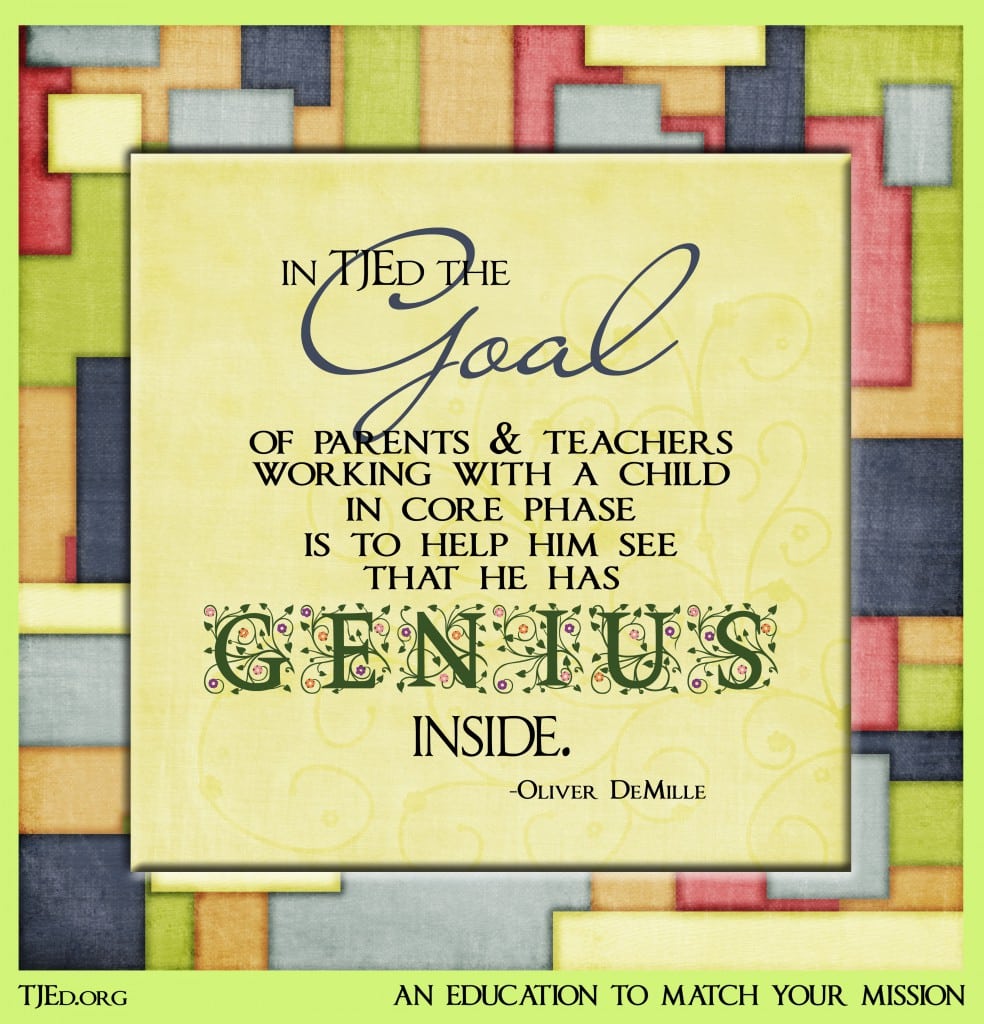A Review of Allen Levie’s “The Visual Tradition,” unpublished paper
Educational/Political/Social thinker Allen Levie has an interesting and often refreshing way of reframing things. I was recently struck by his description of three types of education:
- Learning built on the oral tradition
- Learning based on written tradition
- Learning focused on a visual tradition
In a way, this is like personality types on steroids. Levie characterized oral tradition as two-dimensional:
- The dimension of demagoguery, or authority-based teaching, and,
- The dimension of symbolism.
Both are powerful ways to teach, and yet in some ways they are diametrically opposed.
“Inspire, not Require” and “Example, not Rote Assignments” (another way of saying “You, not Them”) are firmly in the symbolic camp. Youth are much more powerfully motivated to learn by the carrot than the stick. “You’ll catch more flies with honey than vinegar” may not be literally true of insects; but it is demonstrably true (metaphorically speaking) in human relations, and especially in education. You want them to truly be in love with learning.
According to Levie, the three dimensions of the written tradition include:
- Debate
- Discussion
- Division of Labor
It is interesting how these three so compactly describe modern industrial society. We train our upper and some middle class students how to think, through debate and discussion, and then we divide the labor of workers in the nation in order to provide opportunity for all and great success for those who figure out how to obtain it.
It is ironic that schooling very often gets in the way of learning these lessons of success.
But it was Levie’s thoughts about what he calls the Four Dimensions of Visual Learning that really caught my eye. This is so interesting:
I. Database
First, Database. This means that education is really about who you know, and who you interact with. While this caused great class divisions in most of history, in today’s Internet Age it is actually a huge benefit.
You can network today with people from all socio-economic levels, on all continents, of varying viewpoints and beliefs and many levels of education, all of whom are pursuing the same goals of a great education—for themselves and their children.
That’s amazing. It’s also very exciting. It means anyone can seek out and benefit from great mentors, people with deep experience, others who are enthusiastic beginners—and everyone in between. You can also support and help those who are struggling and need your suggestions.
This kind of all-points mentoring at-your-fingertips has never been available so simply or directly in all of history. The Internet has changed the game.
II. Design
Second, Design. Levie wrote:
“Design refers to the increased amount of choice that each individual has to build his or her own network and customize life around his or her gifts, roles, motivations and interests.”
This speaks for itself, and it is incredibly good for quality learning. In education we call this “personalizing and individualizing the education of each student.”
The power to design your own education is a huge benefit for anyone who uses it.
III. Doing
Third, Doing. Again Levie hits the nail right on the head. Education becomes real learning when the student/child/youth/teacher/parent is applying knowledge and gaining from actual experience. Without some doing, no real learning occurs.
When the child’s learning includes ample hands-on application and practical use of what he reads or listens to, it drastically increases the quality of his grasp and retention.
IV. Division of Labor
Fourth, Dividing the Division of Labor. This consists of clearly understanding the roles we shouldn’t delegate to others—like parent mentor—and also using the myriad learning opportunities of the information age to become experts in more than one field.
This is powerful. The information age isn’t much good if the information is on the Internet or in the library but seldom in our brains. However, with a few simple keystrokes, a universe of learning is available to us.
We need to be constantly learning and seeking more knowledge, skills, and wisdom. It’s up to us—we don’t need experts to get a great education.
Applying the D’s
Together these 4 D’s, as Levie calls them, can be a great help to any parent and teacher. In fact, I like to think of them as the 7 Fun D’s. Together these outline a truly excellent learning plan:
- Depth of Symbol. Use the right symbols, like George Washington for leadership or Joan of Arc for greatness. Make symbols a key part of your home and school. Even the artwork you choose to hang in your home or classroom can be incredibly powerful, or the music that is playing in the background. The stories you read aloud to your children and youth have great influence. Also, carefully consider who your heroes are, and wisely share them with those you mentor.
- Discussion. Talk a lot with your children and youth about the things they read and study, and the things you read and study. We tend to highly overuse lecture in modern education but grossly underutilize the incredible power of informal, daily discussions.
- Debate. Encourage them to think, not just parrot your ideas or the views of authors they read. Help them learn to think outside the box. Keep debates positive and fun.
- Database. Stay connected with great mentors and others who are pursuing a quality education. The Internet makes this easy! Such connections provide huge inspiration, ideas, and support. And they can be so much fun.
- Design. Help each child learn to design his or her own best education! And then follow through. This is incredible learning, because it is so individualized and naturally sparks each learner’s interests and excitement. Each child has genius inside—and great learning is designed to help him or her find this genius and develop it.
- Doing. Hands-on learning is powerful! (Note that for many books and readings, the best hands-on follow up is discussion!)
- Dividing the Division. You be your kids’ main mentor. Don’t delegate this essential role. That said, get them the additional mentors (people, books, time, resources, etc.) they need to truly excel. Personalize their education to their real, individual needs.
Every parent and teacher can greatly benefit from reviewing and applying these 7 important ideas. Above all, don’t forget to have fun as you help your children learn! Fun Symbols, Fun Discussions, Fun Debates, Fun Database, Fun Individualized Learning Designs, Fun Doing, Fun-Fun-Fun-Fun-Fun. Tigger Education is Leadership Education, after all.


































Leave A Comment